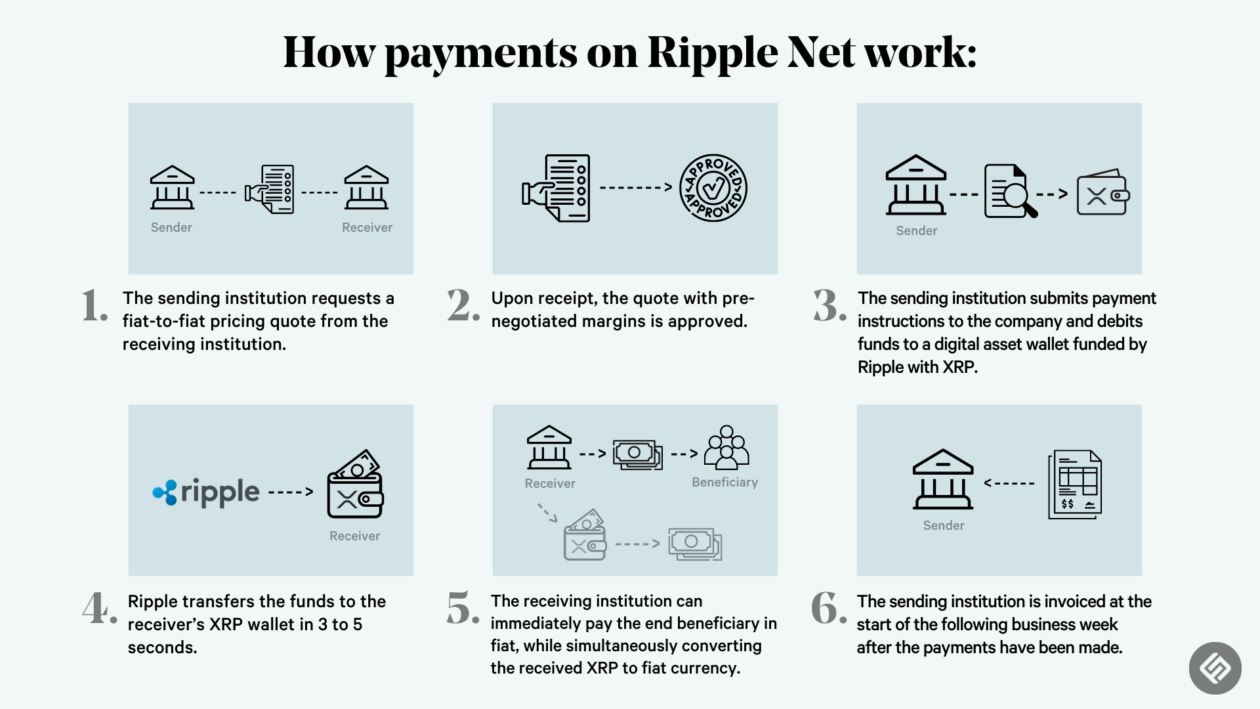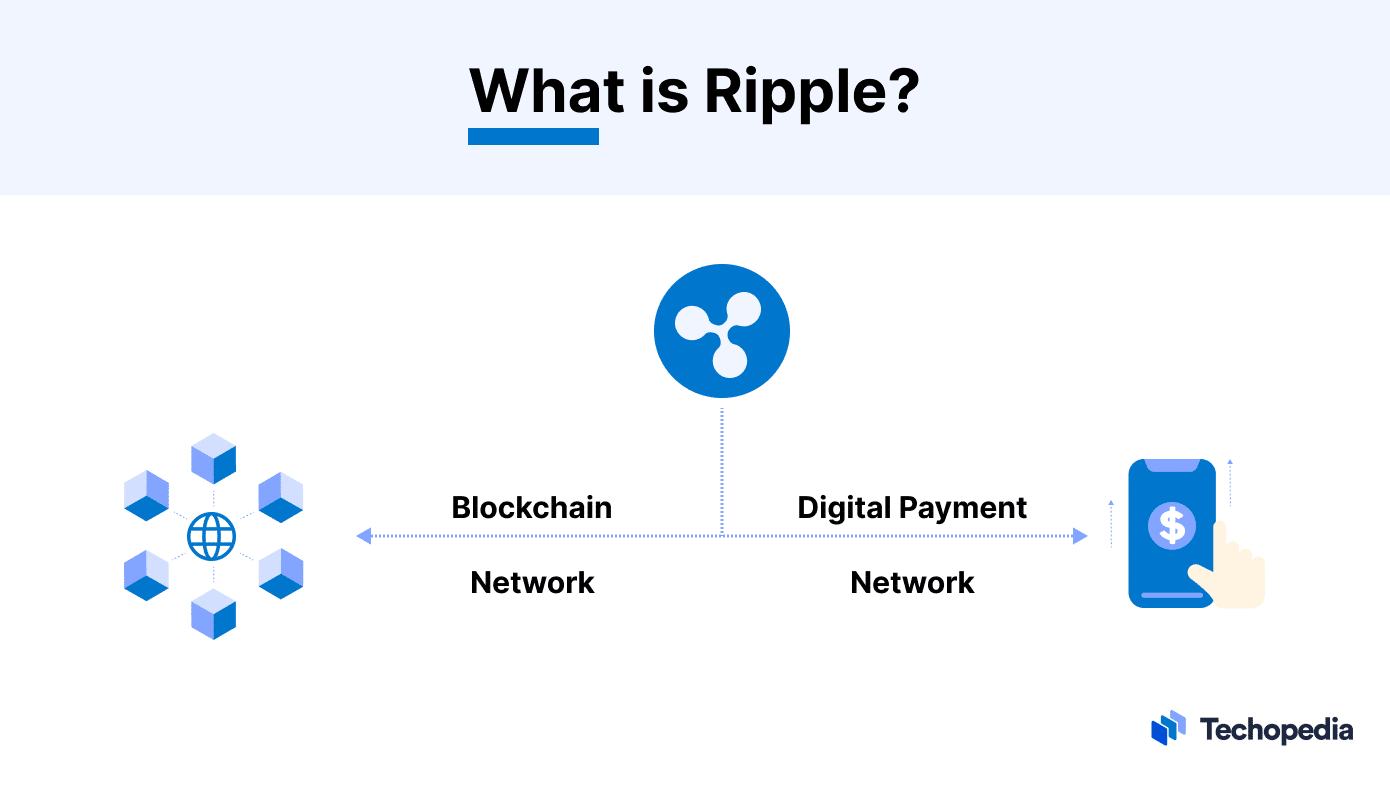XRP Technology and Functionality

XRP is a digital asset designed for fast, efficient, and low-cost cross-border payments. It operates on a decentralized, open-source blockchain known as the XRP Ledger, which offers unique features and functionalities that distinguish it from other cryptocurrencies.
XRP Consensus Mechanism
The XRP Ledger utilizes a unique consensus mechanism called the “XRP Consensus Ledger Agreement (XCLA)”. This mechanism ensures the integrity and security of the network by achieving consensus among validators, known as “Unique Node Lists (UNLs)”.
- The XCLA operates based on a federated model, where a set of trusted validators, called UNLs, agree on the validity of transactions.
- These UNLs are chosen by the XRP community and are responsible for validating transactions and maintaining the ledger’s integrity.
- The XCLA aims to provide a balance between decentralization and speed, offering fast transaction confirmation times while maintaining a high level of security.
Transaction Speed and Scalability
The XRP Ledger is designed for fast and efficient transaction processing.
- Transactions on the XRP Ledger typically take a few seconds to confirm, significantly faster than traditional financial systems or other blockchain networks.
- The XRP Ledger can process thousands of transactions per second (TPS), enabling high throughput and scalability. This allows for handling large volumes of transactions without significant delays.
- This high transaction speed and scalability make XRP suitable for real-time payments and other applications requiring rapid transaction processing.
Benefits of XRP for Cross-Border Payments, Ripple xrp
XRP offers several benefits for cross-border payments, making it an attractive alternative to traditional methods.
- Lower Transaction Fees: XRP transactions are typically associated with significantly lower fees compared to traditional bank transfers or other cryptocurrency networks.
- Faster Processing Times: XRP’s fast transaction confirmation times reduce the time required for cross-border payments, enabling faster settlement and liquidity.
- Global Reach: The XRP Ledger is a global network, allowing for seamless transactions across borders without intermediaries or delays caused by time zones.
- Improved Efficiency: XRP streamlines the cross-border payment process, reducing complexity and manual interventions, leading to improved efficiency and cost savings.
XRP Ledger and its Impact on the XRP Ecosystem
The XRP Ledger serves as the foundation for the entire XRP ecosystem.
- It provides a secure and efficient platform for XRP transactions and other applications built on the ledger.
- The ledger’s open-source nature allows developers to create and deploy various applications, such as decentralized exchanges, payment gateways, and other financial services.
- The XRP Ledger’s scalability and transaction speed enable the development of innovative solutions that leverage the power of blockchain technology.
Real-World Applications of XRP
XRP has gained traction in real-world applications, with several companies and organizations adopting it for various purposes.
- Ripple, the company behind XRP, has partnered with financial institutions globally to facilitate cross-border payments using XRP.
- Several payment processors and money transfer companies have integrated XRP into their platforms to offer faster and cheaper cross-border transfers.
- XRP has also been used for micropayments, remittances, and other financial applications, showcasing its versatility and potential.
Ripple and the Regulatory Landscape: Ripple Xrp

Ripple, like many other cryptocurrencies, has navigated a complex and evolving regulatory landscape. The classification of XRP as a security in some jurisdictions has been a significant challenge, impacting its trading and adoption.
Regulatory Challenges and Classification of XRP
The regulatory landscape for cryptocurrencies is constantly evolving, with different jurisdictions taking diverse approaches. The classification of XRP as a security in some jurisdictions has been a major hurdle for Ripple. The Securities and Exchange Commission (SEC) in the United States has taken the stance that XRP is a security, while other jurisdictions have not yet made a definitive classification. This lack of clarity creates uncertainty for investors and businesses, hindering wider adoption.
Impact of Regulatory Actions
The SEC’s lawsuit against Ripple in 2020 significantly impacted the company and XRP’s price. The lawsuit alleged that Ripple sold XRP as an unregistered security, raising concerns about its future prospects. While the lawsuit is ongoing, it has led to increased scrutiny of XRP and its trading. However, Ripple continues to argue that XRP is a digital asset and not a security. The outcome of this case will have a significant impact on the future of XRP and the broader crypto industry.
Regulatory Landscape in Different Regions
The regulatory landscape for XRP varies significantly across different countries and regions. Some jurisdictions, like Japan, have classified XRP as a cryptocurrency, while others, like the United States, have taken a more cautious approach. The European Union’s proposed Markets in Crypto-Assets (MiCA) regulation aims to create a unified regulatory framework for cryptocurrencies, including XRP, within the EU. However, the implementation and interpretation of MiCA will likely vary across different member states.
Potential Future Regulations and Impact on XRP Ecosystem
The future of XRP is closely linked to the evolution of regulatory frameworks around the world. The increasing global interest in regulating cryptocurrencies suggests that more clarity on the status of XRP and other digital assets is likely. Potential future regulations could address areas such as anti-money laundering, consumer protection, and market manipulation. These regulations could create a more stable and predictable environment for XRP and its ecosystem, encouraging wider adoption and investment.
Ripple XRP, with its focus on facilitating cross-border payments, might seem worlds apart from the 2025 social security cola increase , but both are intertwined with the broader economic landscape. While the former strives to streamline financial transactions globally, the latter reflects the evolving needs of a domestic population, particularly those relying on government support.
The future of both, Ripple XRP and social security, hinges on how effectively they adapt to the ever-shifting economic tides.
Ripple XRP, like a miniature world itself, is a complex system with intricate workings and potential for both growth and disruption. This brings to mind the recent trend of Polly Pockets Airbnb , where the mundane is transformed into a whimsical experience.
Just as these tiny homes offer a new perspective on living, Ripple XRP could revolutionize the way we think about international finance, challenging traditional banking systems with its speed and efficiency.
